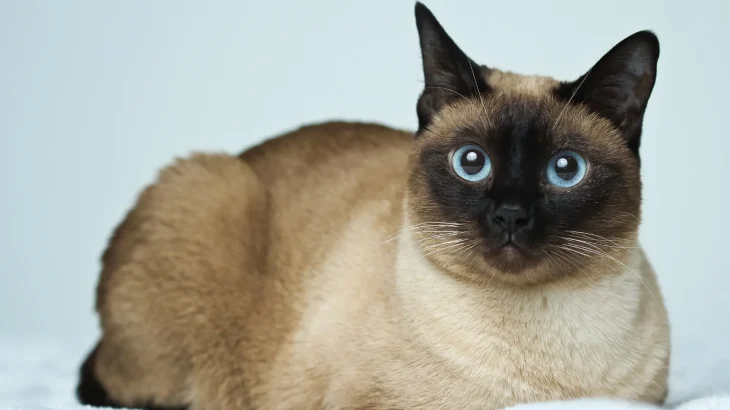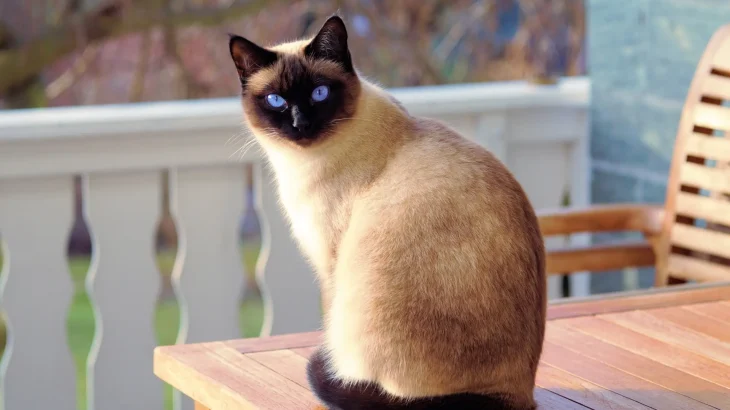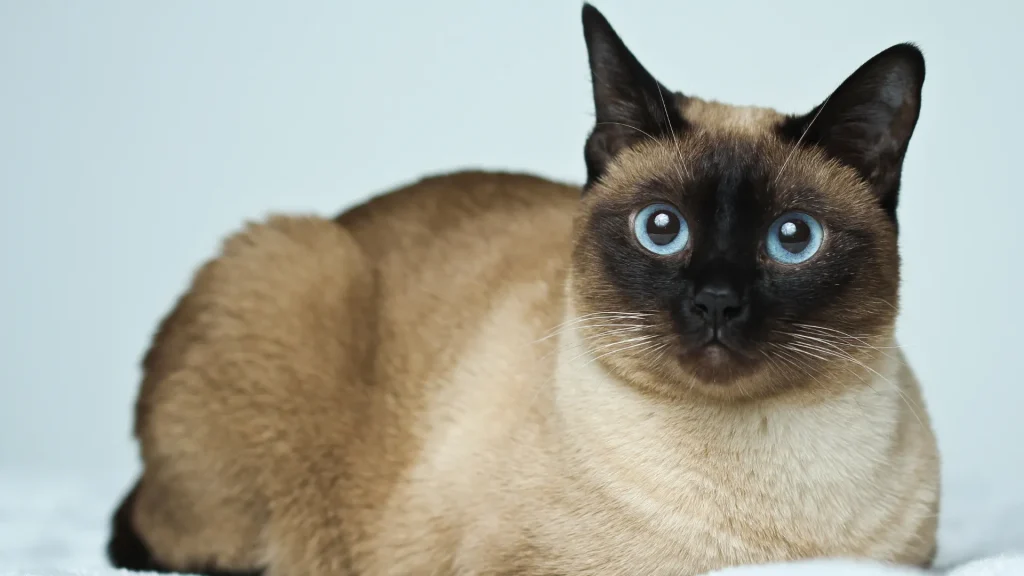Choosing between adopting or purchasing a Siamese kitten involves weighing the certainty of the kitten's background against the opportunity to provide a home to a cat in need. With breeders, you often get more detailed health and lineage information, while adoption may offer a chance to rescue a cat, sometimes older, with an unknown but potentially loving past.
| Criteria | Buying from Breeder | Adopting from Shelter/Rescue |
|---|---|---|
| Cost | Higher cost due to purebred status and pedigree documentation. | Lower adoption fees that often include vaccinations and spaying/neutering. |
| Health History | Typically detailed health records and guarantees from the breeder. | Health history may be limited or unknown; shelters usually provide basic health assessments. |
| Age Availability | Mostly kittens, allowing you to raise them from an early age. | Mostly adult cats, though kittens may occasionally be available. |
| Temperament Insight | Breeders can share lineage temperament and individual kitten personality. | Shelter staff can report observed behaviors, but complete history might be unavailable. |
| Ethical Considerations | Supports responsible breeding when breeder is reputable and ethical. | Supports animal welfare by providing homes to cats in need. |
| Breed Purity & Pedigree | Offers documented breed purity and pedigree papers. | Breed purity often unknown, especially in mixed or shelter cats. |




















































